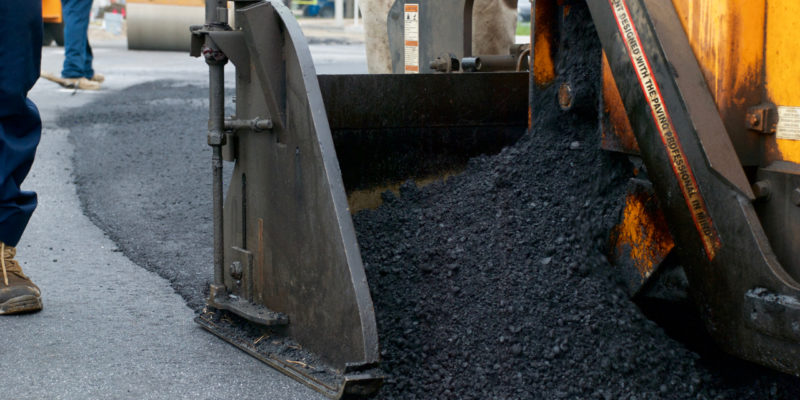Asphalt has been an essential building material of humans from modern day through antiquity, almost as long as Concrete. Here are 5 interesting historical facts:
1. Use dates back as early as fifth millennium BC in the early Indus valley sites like Mehrgarh, where it was used to line the baskets used by hunters and gatherers.
2. In the ancient Middle East, the Sumerians used natural deposits for mortar between bricks and stones, to cement parts of carvings, such as eyes, into place, for ship caulking, and for waterproofing. The Greek historian Herodotus once said it was used as mortar in the walls of Babylon.
3. The .62 mile long Euphrates Tunnel beneath the river Euphrates at Babylon in the time of Queen Semiramis around 800 BC was reportedly constructed of burnt bricks covered with asphalt as a waterproofing agent.
4. Believe it or not, it was used by ancient Egyptians to embalm mummies. The Persian word for asphalt is moom, which is related to the English word mummy. The Egyptians’ primary source of asphalt was the Dead Sea, which the Romans knew as Palus Asphaltites or Asphalt Lake. In roughly 40 AD, Dioscorides described the Dead Sea material as Judaicum bitumen–“bitumen” being an interchangeable term with asphalt–and noted other places in the region where it could be found. The Sidon bitumen is thought to refer to what was found at Hasbeya. Pliny refers also to asphalt found in Epirus, and it was a valuable strategic resource, also being the object of the first known battle for a hydrocarbon deposit between the Seleucids and the Nabateans in 312 BC.
5. In Canada, aboriginal people used bitumen seeping out of the banks of the Athabasca and other rivers to waterproof birch bark canoes, and also heated it in smudge pots to ward off mosquitoes in the summer time.

